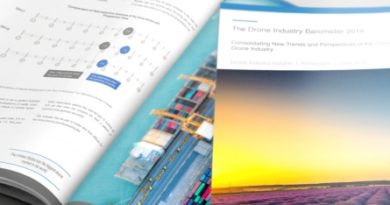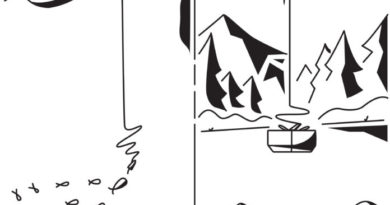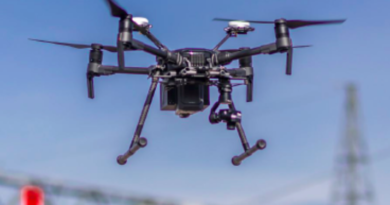Drone Rentals Increasing in Agriculture Equipment
Guest post by Emily Folk
Industries like traffic management, weather reporting and public safety use drones to monitor events as they happen. People have long associated drones — or unmanned aerial vehicles — with militaristic operations, but many civilians use them for anything ranging from food deliveries to journalism. Drone technology lends itself well to agricultural management because of its endless applications, especially on commercial farms.
Large farms have acres of cropland to inspect for diseases or infestations, and it can take days to run through everything. Similarly, a livestock farmer with lots of cattle may desire a simpler way to monitor their daily progress without herding them all up. These situations are where drone tech comes in. Caring for your farm can become a lot less time-consuming with an unmanned aerial vehicle (UAV) on hand.
Benefits of Renting and Financing Drones
Precision farming is an agricultural phenomenon marked by the use of global positioning systems, robots, telematics and more. Farmers remove a lot of the guesswork of traditional cultivation by employing technology. Precision agriculture analyzes data on variables like crop yields and watering practices to facilitate improved production. Accuracy is vital when many agriculturists support their families from their harvests, and drones are one way to smooth the process.
If you’re not yet ready to buy a drone, you can always rent one and give it a test run. Renting a UAV relieves the responsibility of ownership, especially if you’ve never operated one before. You may be new to the various types of UAVs — such as multi-rotor and fixed-wing — and don’t want to invest without knowing what they can do. Renting allows you to give a unit a test spin before making a final purchase.
You may already know that a drone is the right choice for you, but may not be able to afford the high upfront costs. For farmers, financing is a regular occurrence as many necessary pieces of equipment come with a high price tag. Some companies offer financing as low as 0% for qualifying purchases, which gives your pockets a break if you decide to buy. A wise investment may be costly at first, but it always pays for itself later.
Agricultural Usage
You may know drones for their aerial capabilities in movies and TV, but they also help farmers seed, fertilize and spray their fields from a distance. Farmers who use chemical pesticides employ UAVs to track which areas they’ve already sprayed, preventing the spread of chemicals outside the specified range. This method prevents them from harming their plants with over spraying or exposing other natural resources to pollution.
UAVs help farmers with large farms save time and energy on treating each section individually. Many modern drones provide thermal feedback on failing plants and irrigation leaks. Remote sensing tech tells an agriculturist what factors may be stressing their plants, such as pests, drought or disease. You’ll also receive topographical maps of your fields and sensor readings of the air pressure, humidity and temperature.
Livestock farmers use UAVs to herd cattle into specific locations and locate cows that have strayed too far from the group. Many farmers send their cows off to remote pastures when summer comes, which requires them to take long trips to check their health. Autonomous drones can eliminate the need for these treks by flying to locations on a preprogrammed route and taking videos of the cattle.
The Future of Precision Farming
Tech companies recognize the success of precision farming — they’ll continue to make more advanced devices as the years pass. Drones are one of the most popular tech devices for recreationists and businesspeople alike, and farmers are joining the trend. UAVs have proven their worth to many growers looking to improve their operations, offering advantages that were only pipe dreams decades ago.
Radiofrequency tech increases in value due to its flexibility within several different devices, including sensors and autonomous vehicles. Adopting smarter tech can be a challenge for farmers in rural areas without Wi-Fi, but radiofrequency tech transmits signals across long ranges. More farms can gain access to devices that’ll make ranching and crop growing infinitely easier.
Incorporate Drone Farming in Your Fields
Consider using a UAV to remove the unpredictability of agriculture. Provide better, more efficient care to your crops and cattle, and catch small issues before they become bigger problems. In turn, you’ll produce healthy harvests and enjoy low-stress agriculture in all its glory.
Author Bio:
Emily is a green tech writer who covers topics in renewable energy and sustainable design. You can read more of her work on her blog, Conservation Folks.



